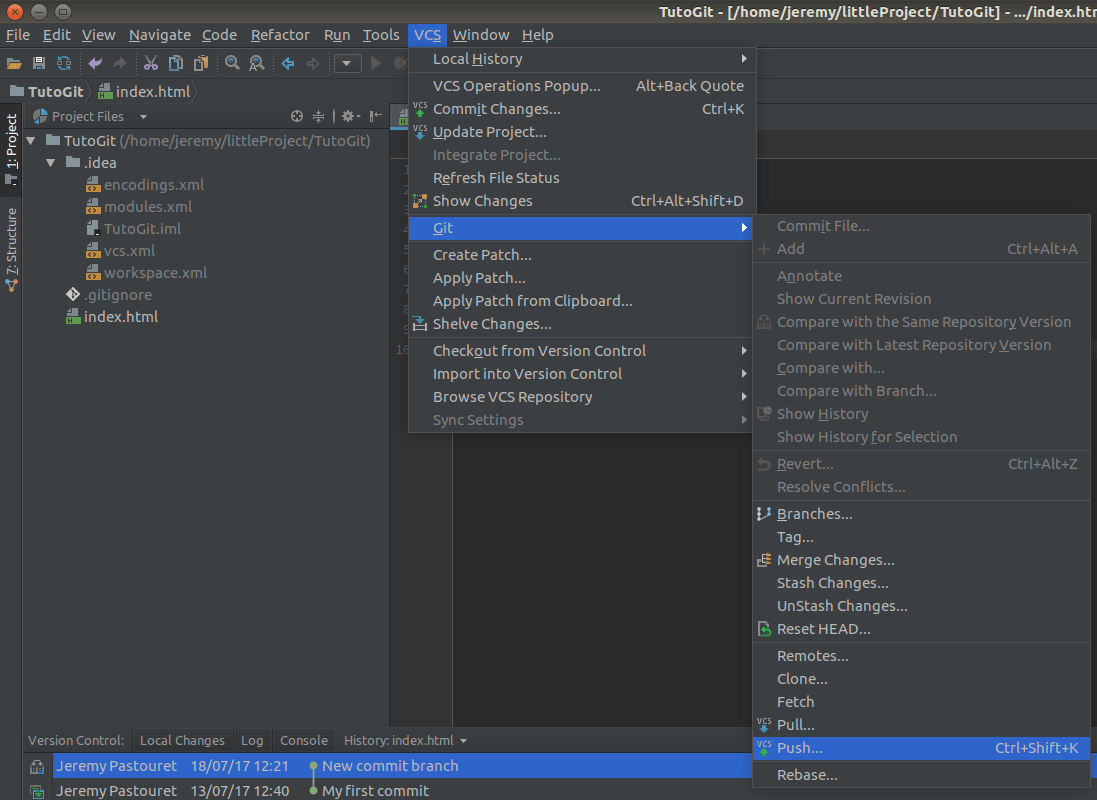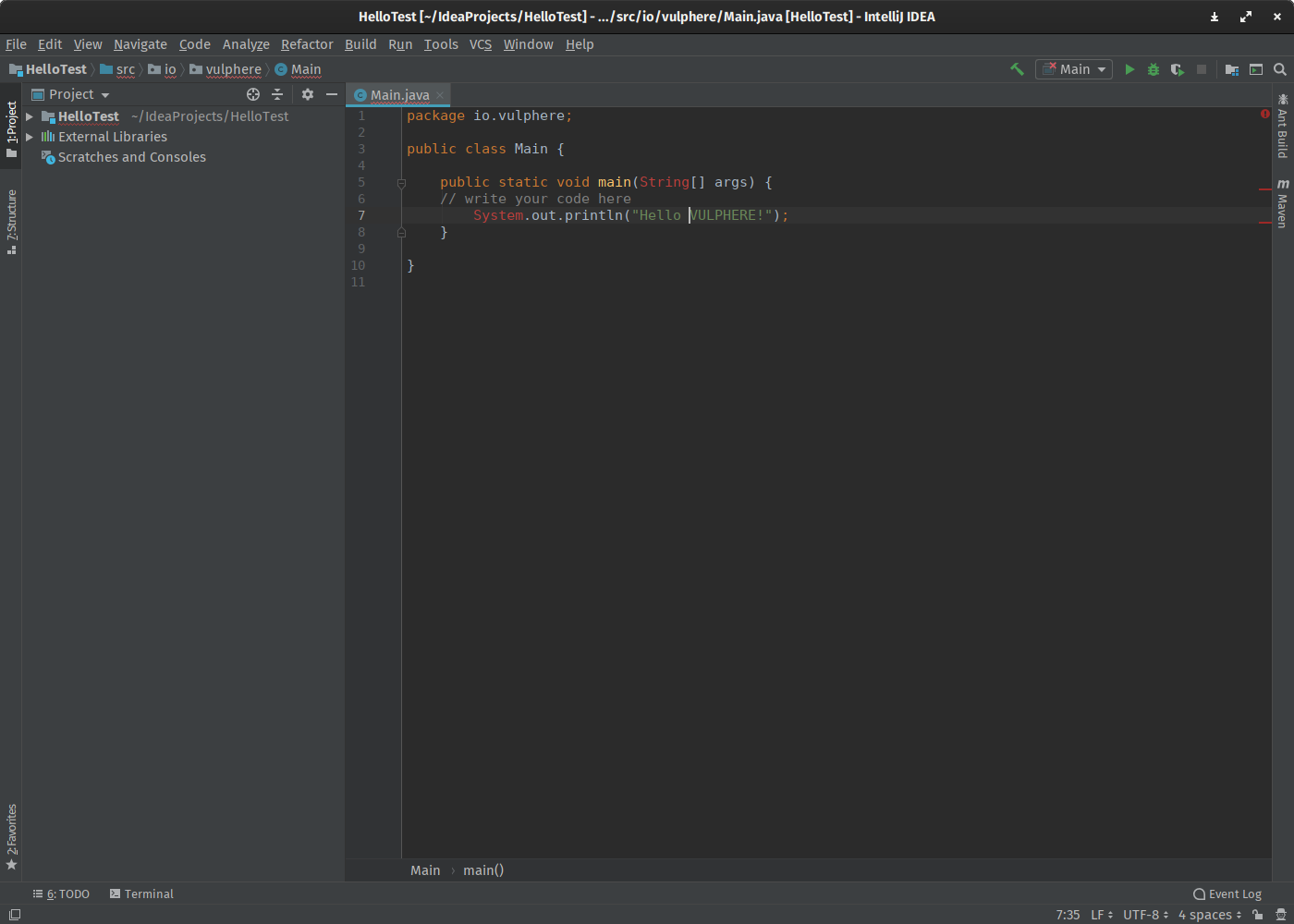- Difference Between Git And Bitbucket
- Phpstorm Bitbucket Tutorial
- How To Use Bitbucket
- Phpstorm Bitbucket Plugin

Bitbucket Data Center and Server uses Markdown for formatting text, as specified in CommonMark (with a few extensions). You can use Markdown in the following places: any pull request's descriptions or comments, or in README files (if they have the.md file extension). Sync with a remote Git repository (fetch, pull, update) Before you can share the results of your work by pushing your changes to the upstream, you need to synchronize with the remote repository to make sure your local copy of the project is up to date.
Bitbucket Types
Difference Between Git And Bitbucket
Why Integrate Jira and Bitbucket in the first place?
Note: Read more about Jira in our Intuitive Jira Guide for Users.
Getting Started with the Jira Bitbucket integration.
Apps like planner 5d.
Phpstorm Bitbucket Tutorial
Optimize Bitbucket for Jira’s Tooling
Obd facile pro.
Build Bitbucket into your Jira workflow

Note: Learn more about more about Jira Workflows in this blogpost.
Get To Know Hooks


Make the Most Out Of Pull Requests
Try Out The Release Hub
Conclusion
How To Use Bitbucket
Recommended Reads:
Phpstorm Bitbucket Plugin
- Why Bitbucket is Better than Github.
- How to implement a Jira Migration (a step-by-step guide)
- How to set up the perfect Jira notification Scheme
- Jira Confluence Integration: The complete 2020 guide
- Key Updates of Atlassian Products 2020 (what you should know)
- Why Jira is better than Trello, even for non-developers
- 10 Expert Tips to 10x your Productivity in Jira
